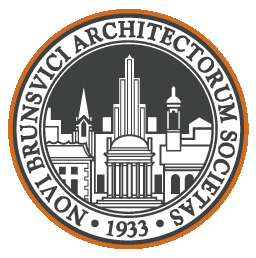This CE Center article is no longer eligible for receiving credits.
Today’s buildings rarely serve a single purpose. From creating environments where people feel safe and can live their best lives, to surpassing the toughest energy standards, to inspiring with bold design, architects must balance many priorities. An in-depth understanding of the role fabrication plays in your commercial glass façade can inform your choices and help ensure you meet every objective.
We are seeing more buildings with uniquely shaped surfaces that twist, turn, and bend—and meet at unconventional angles. Innovative fabrication technology helps to make these organic forms achievable. New fabrication ovens can bend glass into convex and concave shapes, expanding the realm of possibilities for designs. More and more, developers are looking skyward with ultra-tall buildings. Fabricated glass is an integral part of these skyscraping structures. Fabrication makes the beautiful, monolithic look of these towers possible, as well as the expansive views from the inside that people love. Sustainable construction is also on the rise. Ever-changing building codes and standards are pushing new performance requirements for structures to be more energy-efficient and harder working. Sustainable design requires cutting-edge fabrication technology as part of the overall design process to achieve these new building standards.

Photo courtesy of Guardian Glass
Today’s buildings rarely serve a single purpose. From creating environments where people feel safe and can live their best lives, to surpassing the toughest energy standards, to inspiring with bold design, architects must balance many priorities. An in-depth understanding of the role fabrication plays in your commercial glass façade can inform your choices and help ensure you meet every objective.
We are seeing more buildings with uniquely shaped surfaces that twist, turn, and bend—and meet at unconventional angles. Innovative fabrication technology helps to make these organic forms achievable. New fabrication ovens can bend glass into convex and concave shapes, expanding the realm of possibilities for designs. More and more, developers are looking skyward with ultra-tall buildings. Fabricated glass is an integral part of these skyscraping structures. Fabrication makes the beautiful, monolithic look of these towers possible, as well as the expansive views from the inside that people love. Sustainable construction is also on the rise. Ever-changing building codes and standards are pushing new performance requirements for structures to be more energy-efficient and harder working. Sustainable design requires cutting-edge fabrication technology as part of the overall design process to achieve these new building standards.

Photo courtesy of Guardian Glass












